UPDATE TIME: 03/07/2019
PRELIMINARY OBSERVATIONAL RESULTS
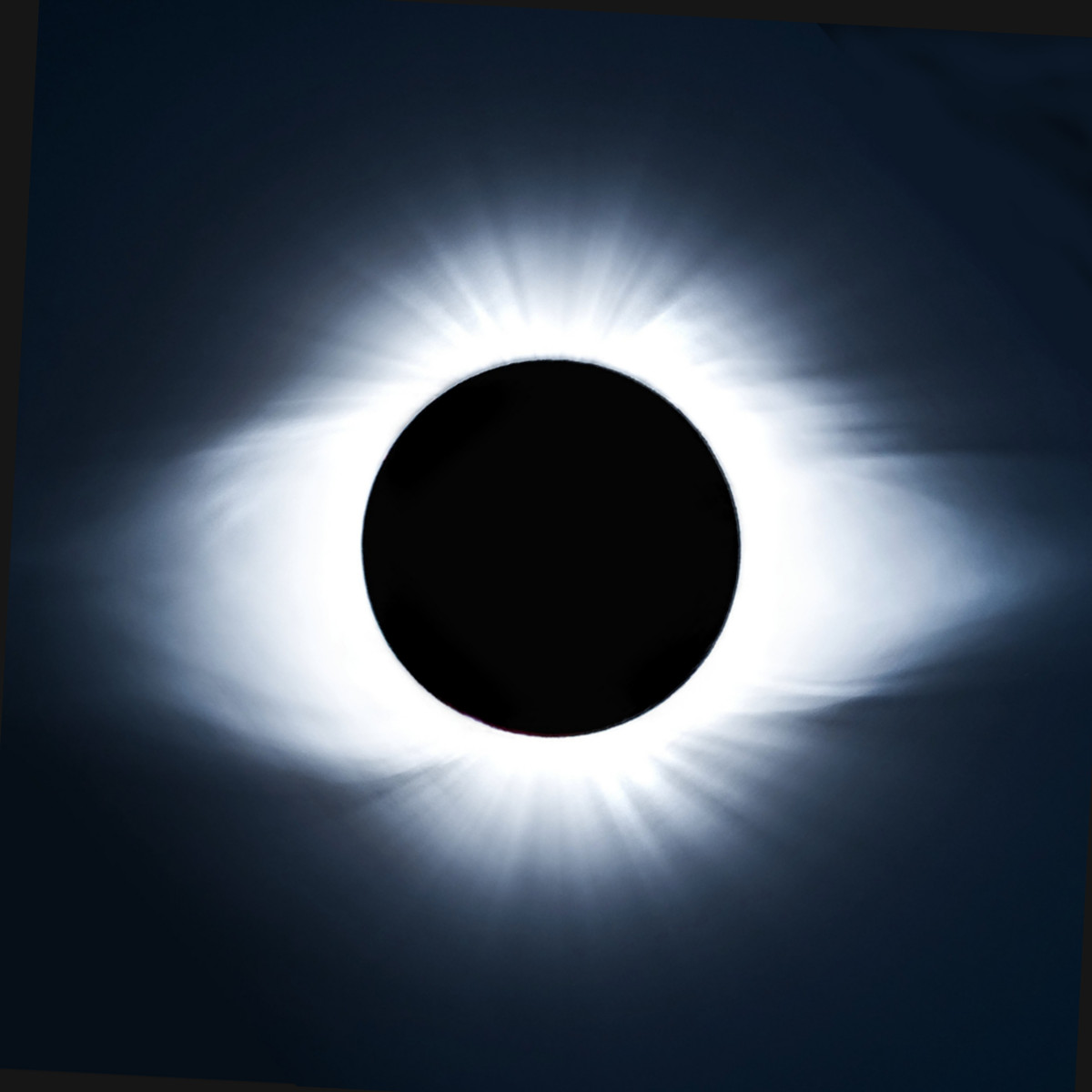
Credit: Adrien Mauduit.
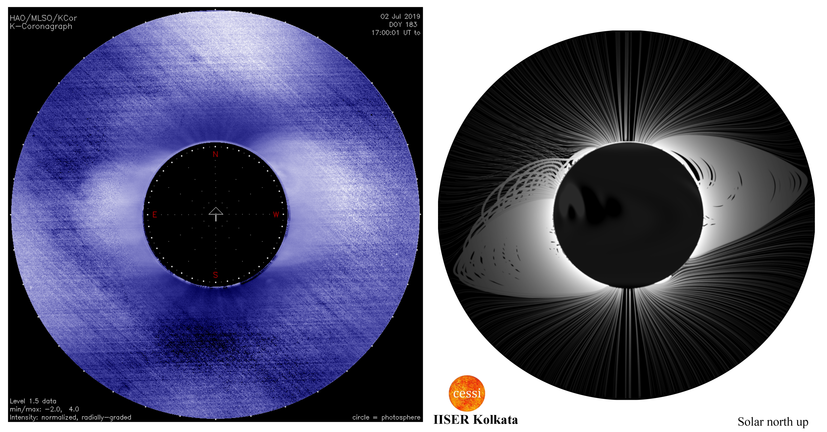
Figure 1. Preliminary observational results.
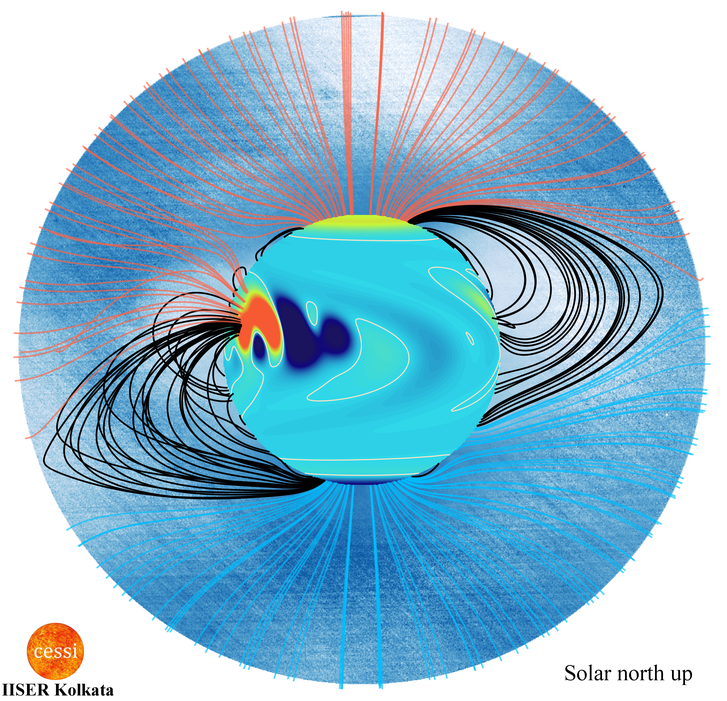
Figure 2. Predicted magnetic field overlaid on observations.
Various observational facilities recorded the view of the beautiful diamond ring structure during the Total solar eclipse of 2019 July 2 in South America. While we wait for the processed white-light images to be available, here are some premilinary observational results. Fig. 1 (left) is the white light corona observed by the MLSO K-cor instrument. Fig. 1 (right) is our predicted coronal structure. The two predicted streamers on the East and West Limb of the Sun were observed on the day of the eclipse.
UPDATE TIME: 21/06/2019
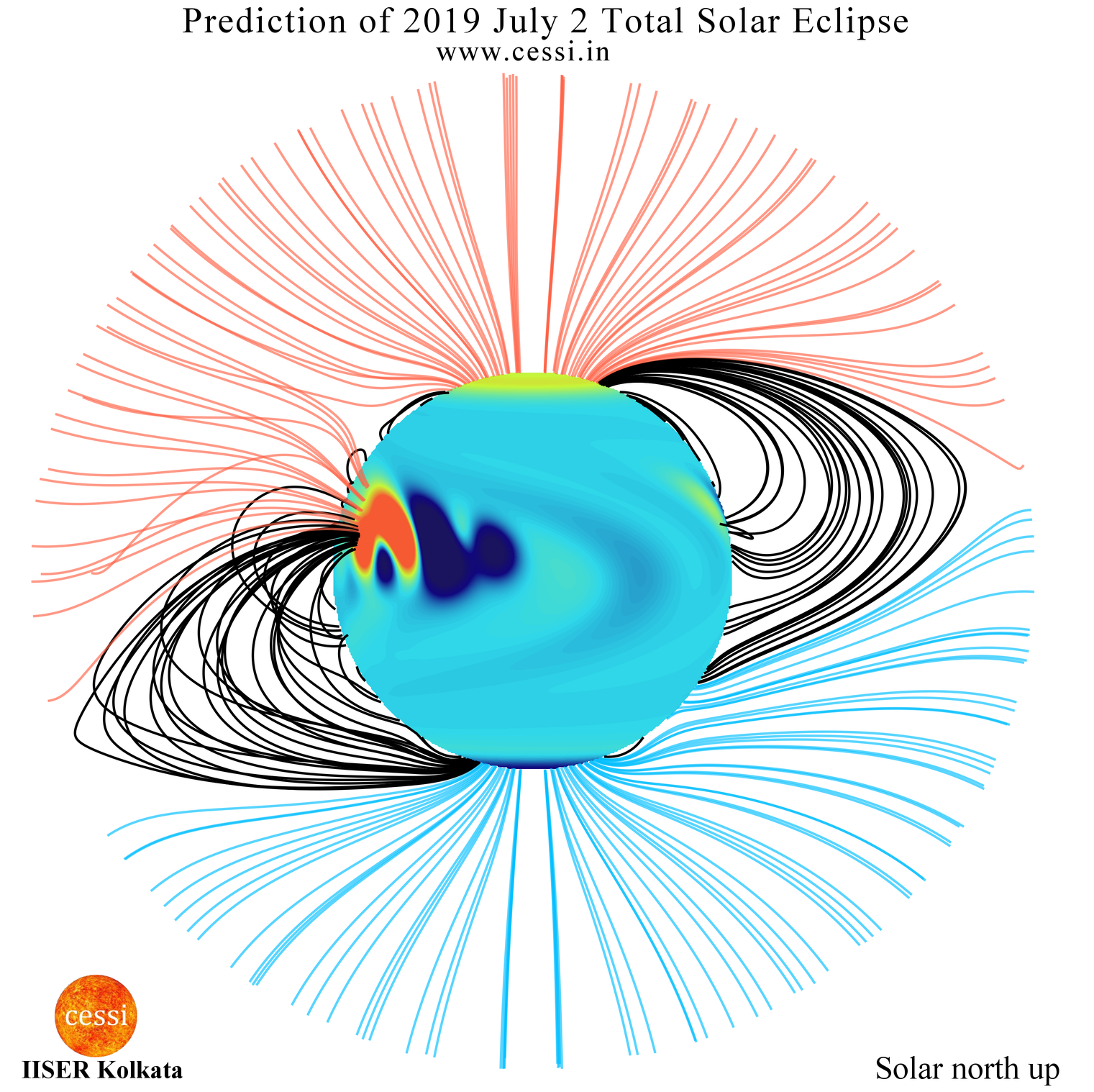
Figure 1. Prediction of the Sun's coronal magnetic field structure.
We predict two large-scale petal-like structures (known as helmet streamers) on each limb (side) of the Sun on the day of the eclipse. These petal-like streamers consist of closed magnetic loops that connect opposite magnetic polarities on the Sun's surface. Both the streamer structures would be cross-equatorial. The streamer on the right (west) limb of the Sun would be centered just north of the equator, and the streamer on the left (east) limb would be centered just south of the equator. The northern edge of the streamer on the left limb would be smoothed out by emission from closed magnetic field lines that lie adjacent to this edge. Open magnetic fields dominate the Sun's north and south pole which is expected at this time nearing the minimum activity level between two solar maxima. A plausible peudo-streamer like elongated structure exists in the north-east limb at high latitudes but close scrutiny shows that the relative configuration of the loops are unlikely to lead to a visible pseudo-streamer on the day of the eclipse (but may later mature in to one over solar rotational timescales well after the eclipse if favourable conditions arise). In large-angle coronagraph images acquired during the eclipse bright extended plumes (beyond the source surface) are expected to be aligned with the line joining the tips of closed magnetic field lines to the cusps of the predicted streamers.
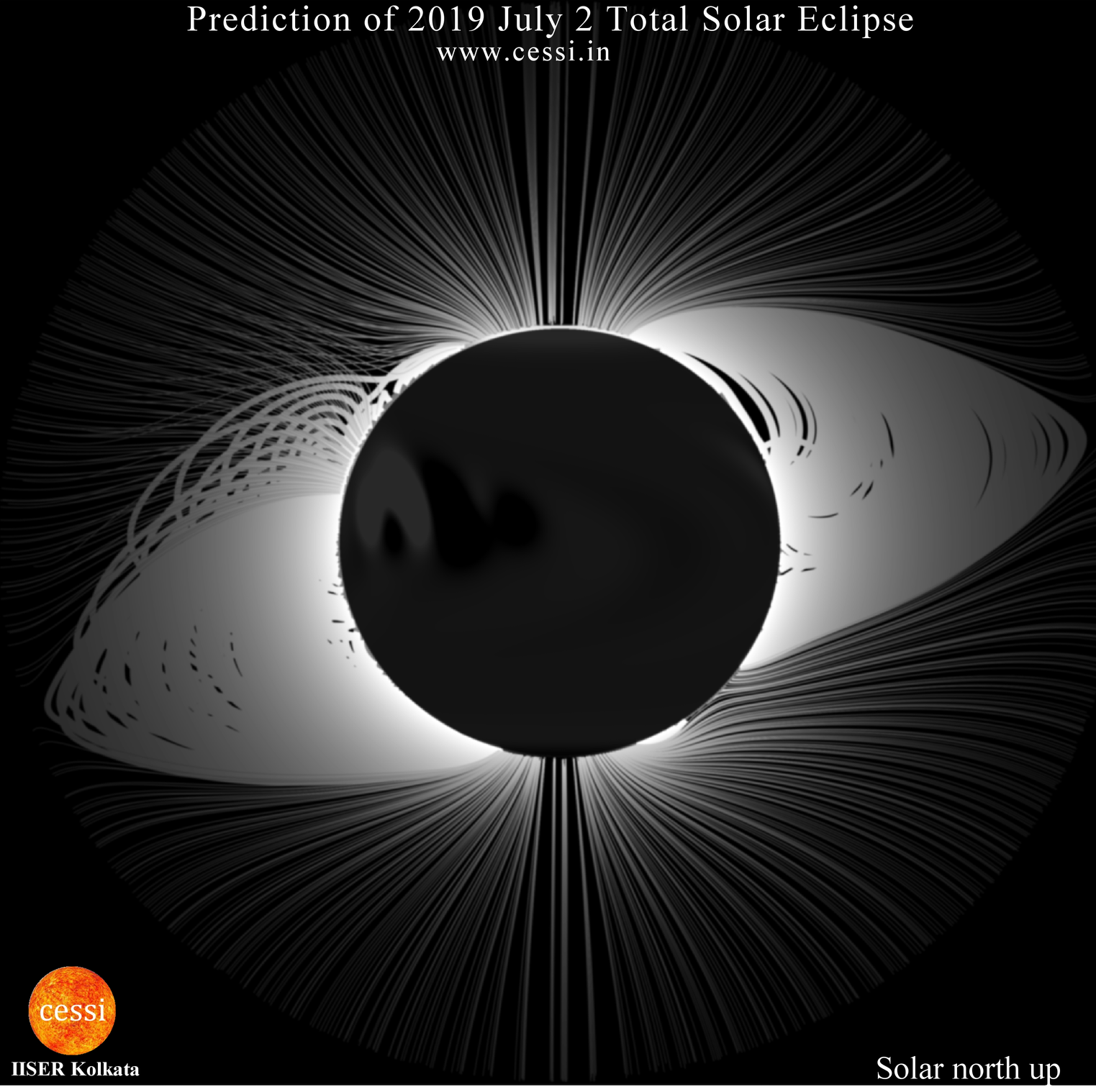
Figure 2. Prediction of Sun's synthetic "white-light" coronal structure.
The predicted white light corona depicts what is expected to be seen during the totality phase of the eclipse in long- or multiple-exposure photographic images such as those acquired by expert eclipse photographers (see, e.g., http://www.zam.fme.vutbr.cz/~druck/) or by the MLSO-K coronagraph.
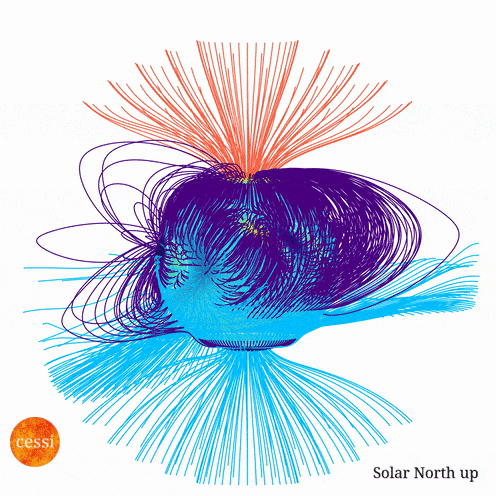
Figure 3. A movie of the predicted 3D solar coronal magnetic field structure as the viewpoint is rotated in the direction of rotation of the Sun. The 3D eclipse view is indicated with the date 2 July 2019. Note the presence of closed magnetic field lines near limb which connect opposite polarity patches on the solar disk facing Earth to the far side of the Sun (on the day of the eclipse). The presence of these structures become apparent in this rendering.
PREDICTION OF THE CORONAL POLARIZATION CHARACTERISTICS
THE TOTAL SOLAR ECLIPSE OF 2 JULY 2019
The upcoming solar eclipse on 2 July 2019 will occur just 2.4 days after Moon's perigee, meaning the total duration of totality will be relatively long. The length of this eclipse will be 4 minutes 33 seconds. The maximum coverage during the eclipse will occur at 19:24:08 UTC in the South Pacific about 1080 kilometers north of Easter Island. It will be visible during sunset from a thin swath that passes the South Pacific Ocean and South America across the Andes, including parts of Chile and Argentina.
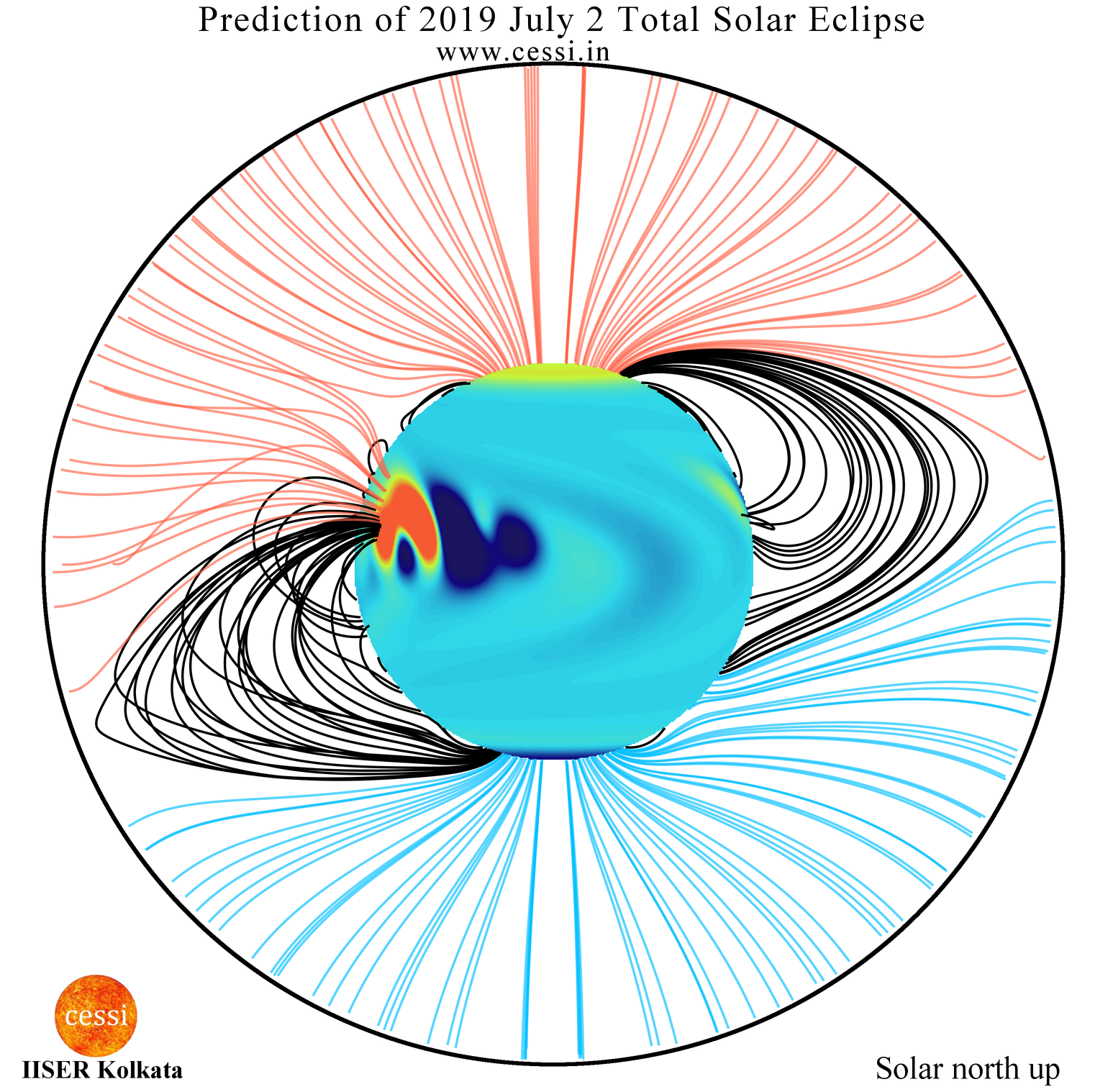

 Figure 3. A movie of the predicted 3D solar coronal magnetic field structure as the viewpoint is rotated in the direction of rotation of the Sun. The 3D eclipse view is indicated with the date 2 July 2019. Note the presence of closed magnetic field lines near limb which connect opposite polarity patches on the solar disk facing Earth to the far side of the Sun (on the day of the eclipse). The presence of these structures become apparent in this rendering.
Figure 3. A movie of the predicted 3D solar coronal magnetic field structure as the viewpoint is rotated in the direction of rotation of the Sun. The 3D eclipse view is indicated with the date 2 July 2019. Note the presence of closed magnetic field lines near limb which connect opposite polarity patches on the solar disk facing Earth to the far side of the Sun (on the day of the eclipse). The presence of these structures become apparent in this rendering.